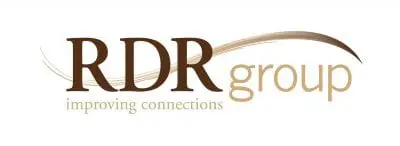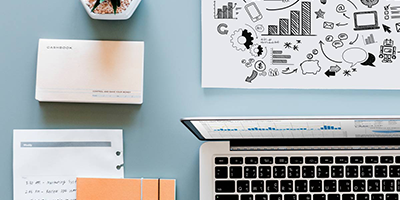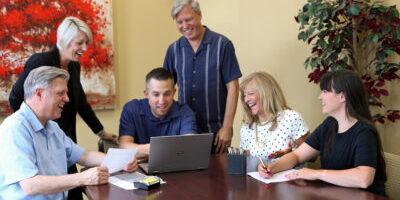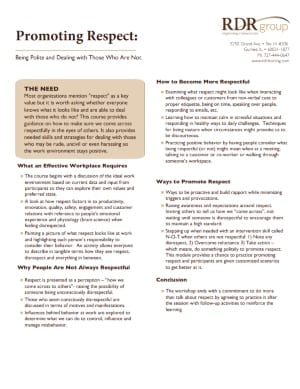Respect at work begins with seeing the benefits of being courteous because it influences everything from employee engagement to customer relations. Examples of respect and disrespect are discussed with opportunities for participants to practice the former and address the latter through customized scenarios.




Respect at work begins with seeing the benefits of being courteous because it influences everything from employee engagement to customer relations. Examples of respect and disrespect are discussed with opportunities for participants to practice the former and address the latter through customized scenarios.
KEY TAKEAWAYS
A tangible picture is given of what respect and disrespect look like at work through the eyes of others.
A business case is provided for being respectful with colleagues and customers.
An analysis of what drives disrespectful behavior is laid out so solutions can be discussed.
Tips are offered on how to be more mature and come across with respect when interacting.
Skill practice for politely addressing those who are less than respectful.
Action plan for implementing respectful practices that improve the workplace environment.
KEY TAKEAWAYS
A tangible picture is given of what respect and disrespect look like at work through the eyes of others.
A business case is provided for being respectful with colleagues and customers.
An analysis of what drives disrespectful behavior is laid out so solutions can be discussed.
Tips are offered on how to be more mature and come across with respect when interacting.
Skill practice for politely addressing those who are less than respectful.
Action plan for implementing respectful practices that improve the workplace environment.
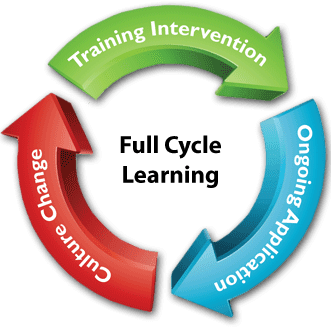


FOLLOW UP TOOLS FOR SUSTAINABLE LEARNING
One of the strongest features of the RDR approach is a commitment to creating sustainable learning. Many training efforts are simply one-time events that only provide temporary motivation but very little traction. We attempt to avoid this by focusing all our courses on measurable behaviors rather than a simple knowledge transfer or just checking a box.
Subsequently, in response to client’s requests, over the years we have developed a specific follow-up resource called the Full Cycle Learning Kit. These tools facilitate the integration of specific competencies into ongoing organizational practices and help “move the needle” around genuine culture change.



FOLLOW UP TOOLS FOR SUSTAINABLE LEARNING
One of the strongest features of the RDR approach is a commitment to creating sustainable learning. Many training efforts are simply one-time events that only provide temporary motivation but very little traction. We attempt to avoid this by focusing all our courses on measurable behaviors rather than a simple knowledge transfer or just checking a box.
Subsequently, in response to client’s requests, over the years we have developed a specific follow-up resource called the Full Cycle Learning Kit. These tools facilitate the integration of specific competencies into ongoing organizational practices and help “move the needle” around genuine culture change.

